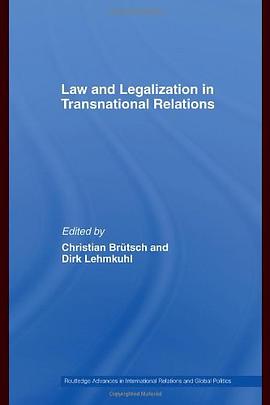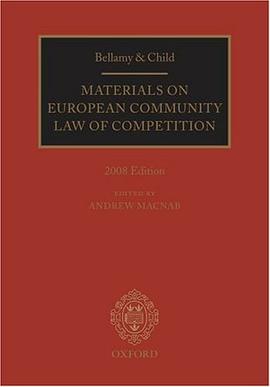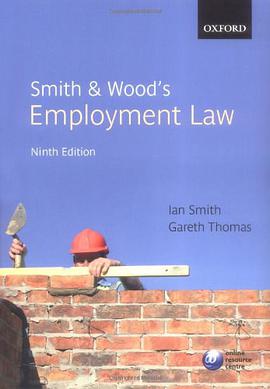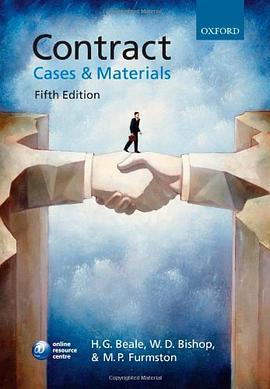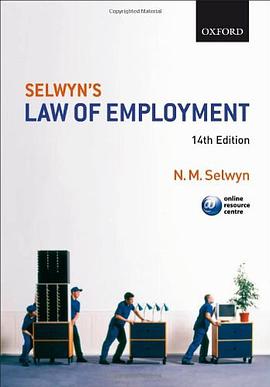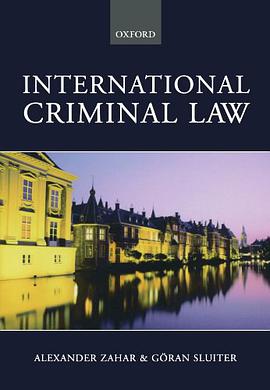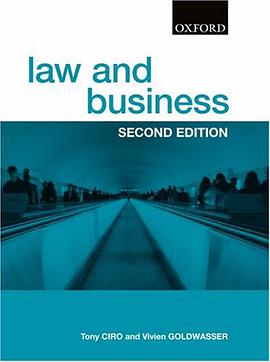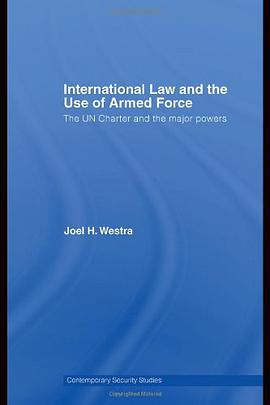

具体描述
This book examines how the UN Charter's prohibition of force restrains the actions of the major powers, treating the Charter as both an instrument of international peace and international order. Since the Charter came into effect in 1945, there have been numerous incidents in which one or more of the five major powers have violated the Charter's Article 2(4) prohibition of force. Given the frequency of these illegal uses of armed force, how does the Charter's prohibition of force function as a restraint upon the actions of the major powers? The recent Iraq War and other incidents have demonstrated the major powers' continued willingness to use armed force against other states, but the effects that the Charter's prohibition of force has had in such incidents have not been examined thoroughly. "International Law and the Use of Armed Force" examines five historical cases: US intervention in the Caribbean 1953-61, Franco-British intervention in Egypt in 1956, Soviet intervention in Hungary in 1956, US-British intervention in Iraq 1990-98 and US-British intervention in Iraq 1999-2003. This book is for students of international relations, international law and war studies in general.
作者简介
目录信息
读后感
评分
评分
评分
评分
用户评价
相关图书
本站所有内容均为互联网搜索引擎提供的公开搜索信息,本站不存储任何数据与内容,任何内容与数据均与本站无关,如有需要请联系相关搜索引擎包括但不限于百度,google,bing,sogou 等
© 2025 book.quotespace.org All Rights Reserved. 小美书屋 版权所有


